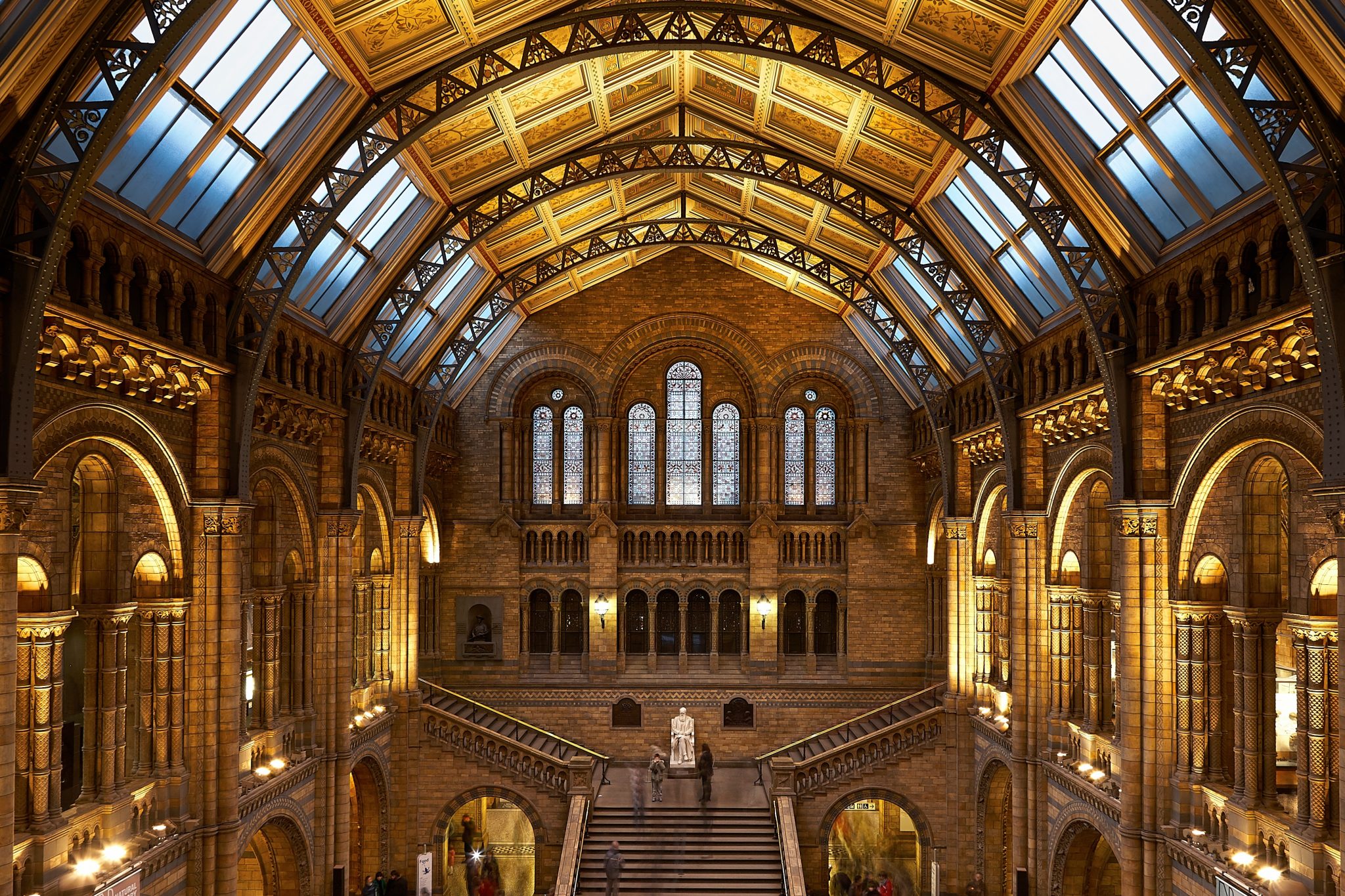Different places have different stories behind them, and they provide a lot of interesting lessons that are significant to the present life. Today, listening to history classes bore people, and the best way to reverse that is to go to museums. London, with its plethora of historical and cultural institutions, is the perfect city to explore with kids. Among its many treasures, the Natural History Museum stands out as a beacon of education and fascination.
The Natural History Museum: A Journey Through Time
A Legacy of Discovery:
The Natural History Museum in London is famous for its displays of volumes of exhibits that relate to taxonomy and biodiversity. Originally known as the British Museum, it is one of the three famous museums located on Exhibition Road in South Kensington. For those planning a visit, staying at hotels near Natural History Museum in London can enhance the experience. These accommodations provide convenient access to the museum and the other cultural attractions of South Kensington.
Origins and Development:
Natural History Museum started when an Ulster doctor Sir Hans Sloane planned to collect specimens such as dried plants, animals, and human skeletons in his house in Montagu House, Bloomsbury.
A lot of Sloane’s collection disappeared, and the Treasury did not give his successors any additional specimens. Throughout history, a lot of people had become an important part of the museum’s development.
Today, different specimens are displayed in the museum. Learning is easy inside the museum, and you can see and understand how important earth and life science are in the ecosystem from then and now.
While exploring the area, don't miss the chance to check out more nearby attractions like the Royal Albert Hall. This iconic venue, located in Kensington Gore, is just a short distance from the Park City Grand Plaza Kensington Hotel, making it the perfect base for your visit. Enjoy the convenience and comfort of a hotel near Royal Albert Hall while immersing yourself in London's rich cultural heritage.
Must-See Exhibits and Zones
Iconic Specimens:
The museum is rich in animal skeletons such as a blue whale named “Hope”, a 105-foot replica of a Diplodocus Carnegie named “Dippy”, River Thames whale and Dinocochlea, one of paleontology’s greatest mysteries.
The museum is home to many galleries and four different Zones – Red, Green, Blue and Orange. The Red Zone is a gallery that focuses on the changing history of the Earth and inside, there is Earth’s Treasury that shows specimens of Earth minerals and precious stones.
Exploring the Galleries:
The museum is divided into four main zones, each offering unique insights into different aspects of natural history:
- Red Zone: Focuses on the changing history of the Earth, featuring Earth’s Treasury with specimens of minerals and precious stones.
- Green Zone is home to birds, creepy crawlers, fossils from Britain and fossils of marine reptiles.
- Blue Zone is home to dinosaurs, fish, reptiles, and amphibians. It also contains collections about Human Biology and marine invertebrates.
- Orange Zone: It is the home of the wildlife garden and Darwin center. Here, you can see how the famous Charles Darwin formulated the theory of evolution.
Natural History Museum is home to almost 80 million specimens from five different branches of science: Paleontology, Mineralogy, Zoology, Entomology, and Botany.
Like any other museum, entry to the Natural History Museum is free, but other exhibitions and events require fees. The price range is from $12 to $15 for adults. Children from 3 years old to 12 are charged $5 to $7 and 2 years old and younger kids are free. Senior citizens, students, and youth from ages 13 to 17 need to pay $9 to $12.
Natural History Museum is located at Cromwell Rd, South Kensington, London SW7 5BD, United Kingdom, and it opens daily at 10 am and closes at 5:50 pm.
There is a lot of different things to do inside the museum. Fortunately, there is a hotel that is close to it. Park City Grand Plaza Kensington Hotel is just a short walk away from the Natural History Museum. The Park City Grand Plaza Kensington is an excellent option among hotels near Natural History Museum in London, offering comfortable Triple rooms in London for a delightful stay.
The distance from the hotel to the museum is just .9 km, so walking is an excellent choice to go. It is both convenient and healthy.

